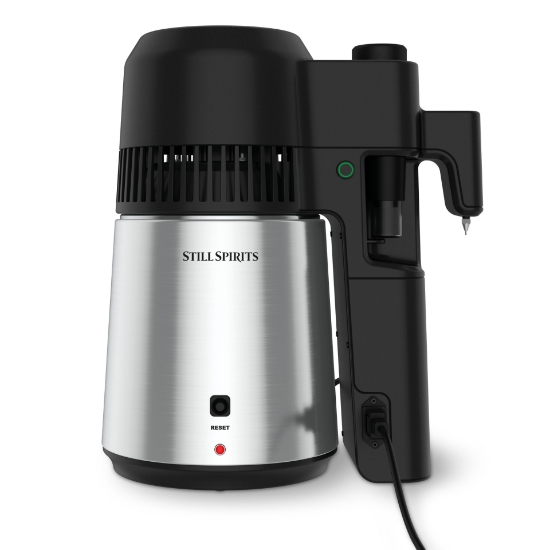The stability of foundations plays a critical role in the overall structural integrity of buildings and infrastructure. One of the significant factors influencing foundation stability is weather conditions. The impact of weather on foundations is a complex interplay of various elements, including precipitation, temperature fluctuations, and soil characteristics. One of the primary challenges posed by adverse weather conditions is excessive moisture. Heavy rainfall, flooding, or improper drainage can lead to soil saturation, causing it to expand. Clay soils, in particular, are highly susceptible to expansion and contraction based on their moisture content. As these soils absorb water, they swell, exerting increased pressure on the foundation. Conversely, during dry periods, the soil contracts, potentially leading to settlement and foundation subsidence. Freezing temperatures also pose a threat to foundation stability. In regions with cold climates, the freeze-thaw cycle can have detrimental effects.
When water in the soil freezes, it expands, exerting pressure on the foundation. Subsequent thawing causes the soil to contract, leading to a cycle of stress on the foundation. Over time, this can result in cracks and other forms of structural damage. In areas prone to hurricanes or typhoons, high winds can exacerbate foundation issues. Wind-induced forces can cause lateral loads on a structure, impacting its foundation. Additionally, storm surges and flooding associated with these weather events can erode soil around the foundation, compromising its support and read more now. Temperature fluctuations, even without freezing conditions, can impact foundation stability. Concrete foundations, for instance, may undergo thermal expansion and contraction. These temperature-related movements can lead to the development of cracks in the foundation, compromising its structural integrity. Mitigating the impact of weather conditions on foundation stability requires strategic planning and engineering solutions.

Proper drainage systems, including gutters and downspouts, help manage water runoff and prevent soil saturation. Adequate grading around the foundation ensures water is directed away from the structure, reducing the risk of soil expansion. In regions with cold climates, foundation designs may incorporate measures to minimize the effects of the freeze-thaw cycle. This can include the use of frost-protected shallow foundations or insulation to reduce the impact of temperature variations on the foundation. Regular inspections and maintenance are crucial for identifying and addressing potential foundation issues promptly. This proactive approach allows for the timely repair of cracks or other forms of damage before they escalate, preserving the stability of the foundation. In conclusion, the impact of weather conditions on foundation stability is a multifaceted challenge that requires careful consideration in the design, construction, and maintenance of structures. Understanding the local climate, soil characteristics, and implementing appropriate engineering solutions are essential steps in ensuring the long-term stability and durability of foundations in diverse environmental conditions.
 Opt for food-grade stainless steel or copper, as these materials are corrosion-resistant and ensure a clean and uncontaminated distillate. Additionally, using a thermometer and a hydrometer will help you monitor and control the temperature and alcohol content throughout the distillation process. Understanding the fermentation process is fundamental to successful distillation. Start by fermenting a mash or wash, which is a mixture of water, sugar, and yeast. Allow the mixture to ferment until the sugar is converted into alcohol. The quality of your mash directly influences the flavor and quality of the final product, so experiment with different recipes to find what suits your taste. Once fermentation is complete, it is time to set up your compact
Opt for food-grade stainless steel or copper, as these materials are corrosion-resistant and ensure a clean and uncontaminated distillate. Additionally, using a thermometer and a hydrometer will help you monitor and control the temperature and alcohol content throughout the distillation process. Understanding the fermentation process is fundamental to successful distillation. Start by fermenting a mash or wash, which is a mixture of water, sugar, and yeast. Allow the mixture to ferment until the sugar is converted into alcohol. The quality of your mash directly influences the flavor and quality of the final product, so experiment with different recipes to find what suits your taste. Once fermentation is complete, it is time to set up your compact